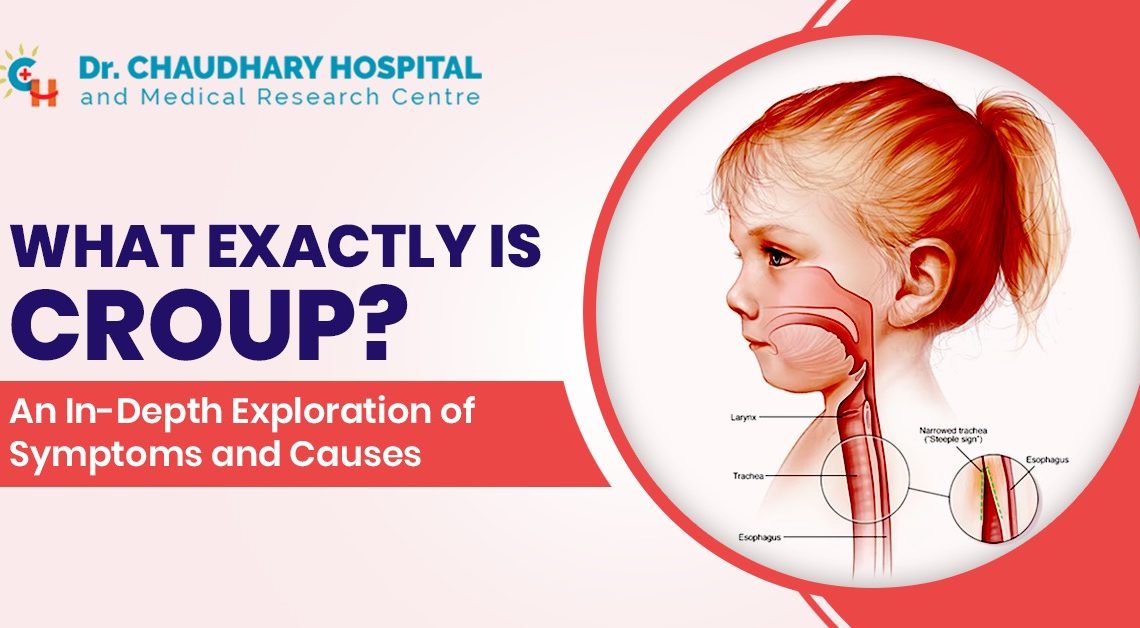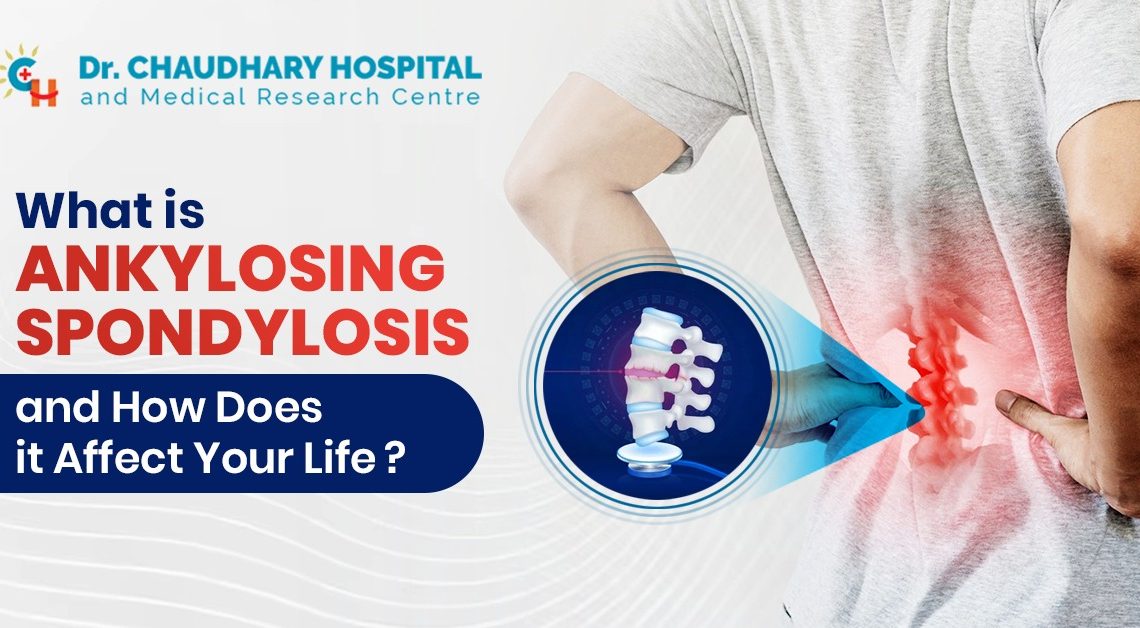Cholesterol, a vital component of our cell membranes and hormones, plays a crucial role in our body’s functioning. However, when levels become imbalanced, it can lead to the accumulation of cholesterol in arteries, potentially posing serious health risks. In this blog post, we’ll explore the intricate process of cholesterol build-up in arteries and shed light on the time frame associated with this phenomenon.
What is Cholesterol?
Cholesterol is a fatty, wax-like substance essential for various bodily functions. It is a crucial component of cell membranes, aids in the production of hormones, facilitates the synthesis of vitamin D, and supports the digestion of fats. While the body produces cholesterol naturally, it can also be obtained from certain foods high in saturated and trans fats.
Low-density lipoprotein (LDL) cholesterol, often referred to as “bad” cholesterol, tends to accumulate in the arteries, forming plaque. High-density lipoprotein (HDL) cholesterol, on the other hand, is considered “good” cholesterol, as it helps remove LDL cholesterol from the arteries.
How Does Cholesterol Build Up in Arteries?
Cholesterol builds up in arteries through a process known as atherosclerosis. It begins when the inner lining of arteries, called the endothelium, becomes damaged due to factors like smoking, high blood pressure, or inflammation. In response to this damage, low-density lipoprotein (LDL) cholesterol, commonly known as “bad” cholesterol, infiltrates the arterial walls and undergoes modifications.
As LDL cholesterol accumulates in the damaged areas, it triggers an inflammatory response. White blood cells move to the site, absorbing the cholesterol and forming fatty streaks. Over time, these fatty streaks can evolve into a more complex structure called plaque. Plaque is a buildup consisting of cholesterol, cellular waste, calcium, and other substances.
Factors Influencing Cholesterol Build-Up
Several factors contribute to the gradual build-up of cholesterol in arteries. Genetics, diet, physical activity, and lifestyle choices all play pivotal roles in determining cholesterol levels. A diet high in saturated and trans fats, for instance, can elevate LDL cholesterol, while regular exercise can boost HDL cholesterol levels, aiding in the removal of LDL cholesterol.
The Beginning Stages
Cholesterol build-up in arteries is a gradual process that typically starts in early adulthood. Initially, cholesterol deposits may be minimal and not cause noticeable symptoms. The inner lining of arteries, known as the endothelium, can become damaged due to factors such as smoking, high blood pressure, or inflammation, providing a site for cholesterol to accumulate.
Formation of Plaque
As LDL cholesterol builds up in the damaged areas of the endothelium, it triggers an inflammatory response, leading to the formation of plaque. This plaque consists of cholesterol, cellular waste, calcium, and other substances. In the beginning, the plaque may not significantly impede blood flow, allowing the condition to go unnoticed for an extended period.
Progression Over Time
The progression of cholesterol build-up varies among individuals and depends on multiple factors. In some cases, the process may take years or even decades before symptoms become apparent. The rate of progression is influenced by genetics, overall health, and lifestyle choices.
Recognizing Symptoms
As cholesterol build-up advances, symptoms may begin to manifest. Chest pain (angina), shortness of breath, and fatigue are common signs that blood flow to the heart is restricted. In severe cases, complete blockage of an artery can lead to a heart attack or stroke. Regular health check-ups, cholesterol screenings, and lifestyle modifications can aid in identifying and managing cholesterol-related issues.
Treatment
Fortunately, lifestyle modifications and medical treatments can slow down or even reverse the progression of cholesterol build-up. Adopting a heart-healthy diet, engaging in regular physical activity, and taking prescribed medications, such as statins, can help lower cholesterol levels and mitigate the risk of complications.
Prevention is Key
Preventing cholesterol build-up is crucial for maintaining cardiovascular health. A proactive approach, including a balanced diet, regular exercise, and abstaining from smoking, can significantly reduce the risk of cholesterol-related issues. Understanding one’s genetic predisposition and addressing risk factors early on can play a pivotal role in prevention.
Conclusion
In conclusion, the timeline for cholesterol build-up in arteries is a complex and variable process influenced by genetics, lifestyle choices, and overall health. Early intervention, through lifestyle modifications and medical treatment, can significantly impact the progression of cholesterol-related issues. By understanding the levels and complications of cholesterol build-up, individuals can take proactive steps to safeguard their health and enjoy a longer, healthier life.



